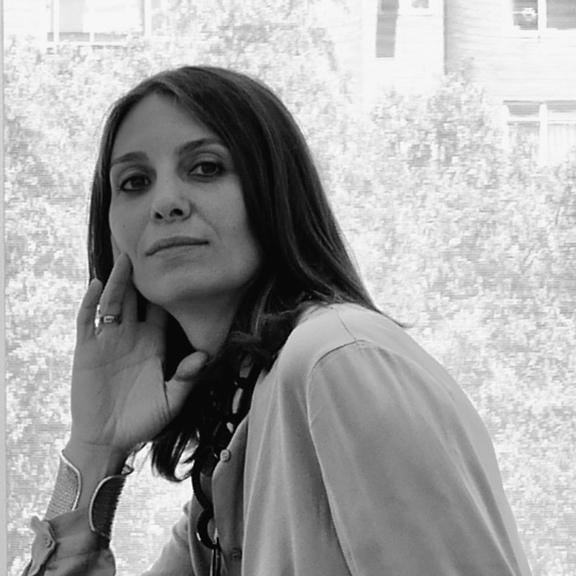Digitalization strategies as a methodology for knowledge and management of cultural heritage.
The “Unfinished” church of Brendola as a reference case study.
The paper aims to analyse the case study of the “Unfinished” church of Brendola, designed by the engineer-architect Fausto Franco in the early thirties of the twentieth century. Economic problems led to the interruption of the church’s construction, during the 1950’s, and left the church in an unfinished situation that today we recognize as a ruin. The church’s study seeks to delineate a new methodology of analysis for abandoned cultural heritage based on data digitization and creation of a knowledge system that concerns the building’s conservation status. The push towards digitization, which emerged during the pandemic, plays a fundamental role in the domain of application possibilities, from the survey to the mechanisms for conservation and management of cultural heritage. From this perspective, according to shared procedures, effectively organizing the collected data in an open repository linked to an interoperable Hbim model becomes a helpful digital tool to develop valorisation strategies based on the interoperability and the possibility to share the knowledge efficiently between the actors involved in the conservation process and the community.

